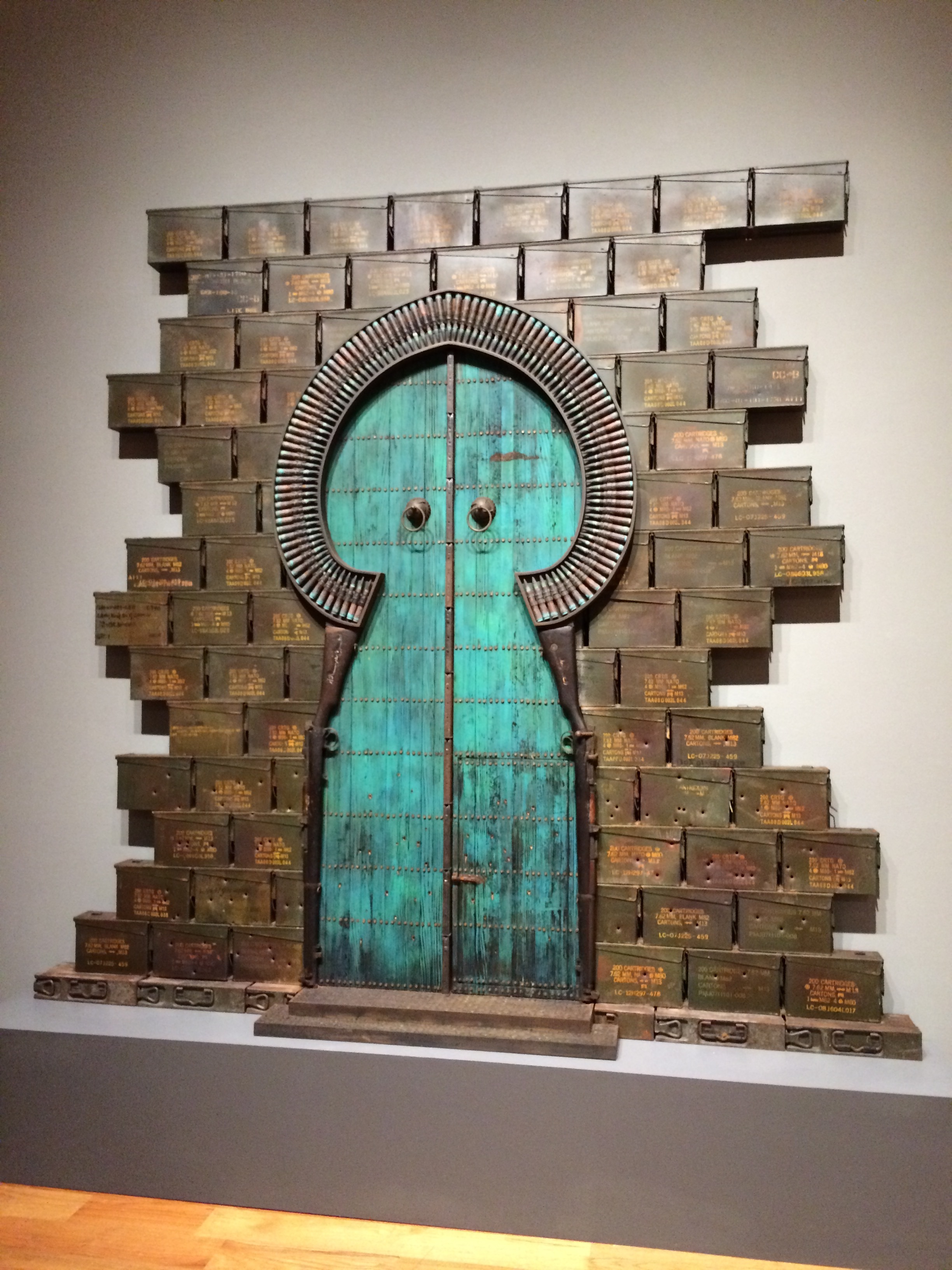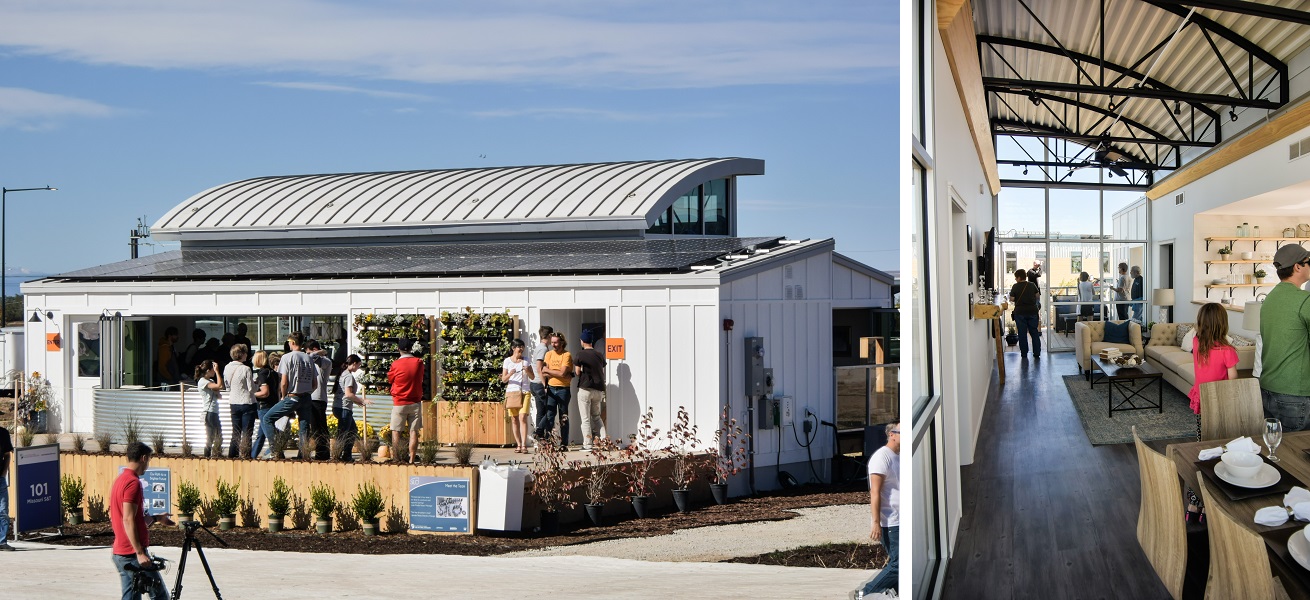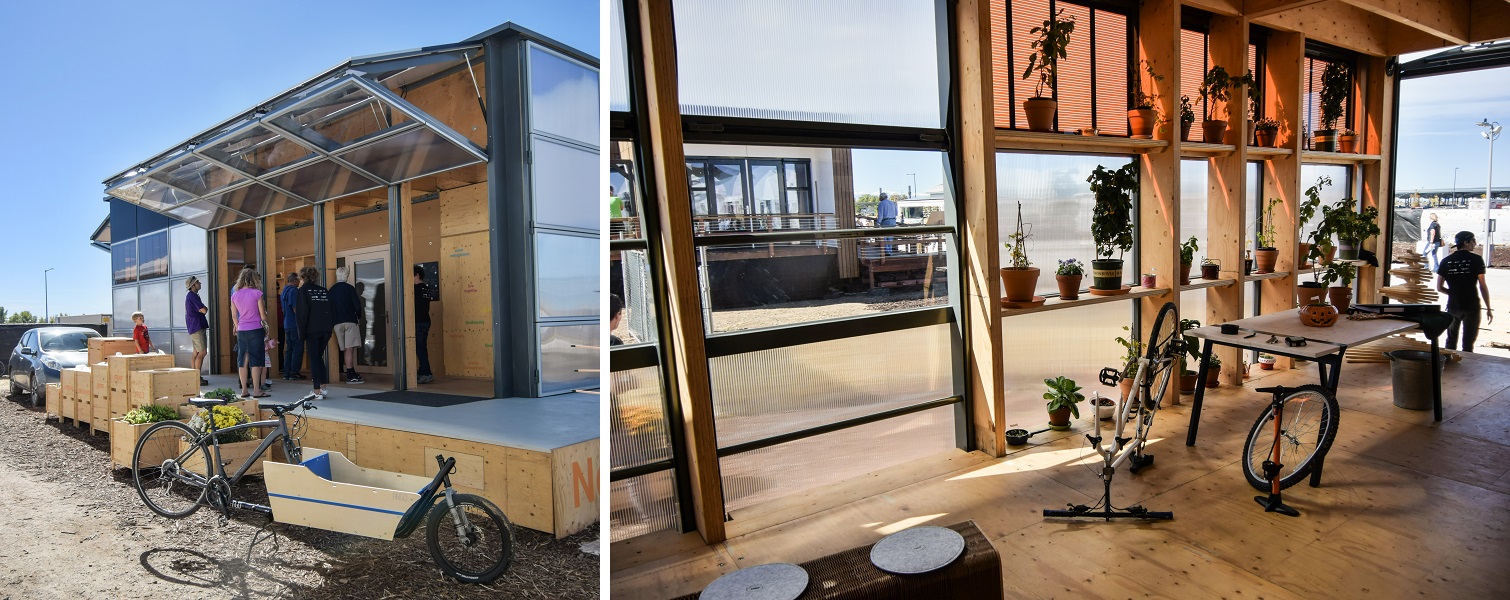Paris' Zero-Carbon Eco-District
/Reflecting on 2017. In Paris, one of the most ambitious urban renewal projects in recent memory is rising out of the ground and coming into focus. I visited in June with students. The district is called Clichy-Batignolles; its centerpiece is Parc Martin Luther King. The amount of construction activity was staggering.
The district covers 54 hectares (133 acres) of former railyards and industrial land in northwest Paris. It will include:
- 3,400 housing units for 7,500 residents. 50% is social housing
- 140,000 m2 of offices for 12,700 workers
- 31,000 m2 of shops, services and activities
- 38,000 m2 of public facilities
- The new Palais de Justice (federal courts) for 9,000 users per day
- 10 hectares (25 acres) of green space
- 2 Metro stations on the new Ligne 14
- district geothermal heating and cooling
- reduction in heating needs to 15 kWh/m2/year (Passivhaus standard)
- building consumption of less than 50 kWh/m2/year in primary energy
- photovoltaic power generation of approx. 4,500 mWh/year, supplying about 40% of the need
- a pneumatic underground waste collection system, reducing greeenhouse gas emissions by 42%
In June we found an already-vibrant community, with small-scale elementary schools and grocery stores embedded among the new housing blocks. Parc Martin Luther King, essentially complete, is a wonder; home to birds and waterfowl and community vegetable gardens, it successfully merges French formal traditions and today's pleasures, including plenty of bicycle facilities and a sparkling water fountain. The older neighborhood to the southeast, Batignolles, offers a diverse street life with a marché couvert and Haussmann-era housing blocks.
To play architectural critic, I found too many of the individual buildings strain for attention with gestural geometries, maybe a residual Bilbao effect. This is particularly noticeable among the office buildings on the southwest edge of the site. Collectively, this will likely produce visual cacophony when the ensemble is complete. And visual cacophony doesn't flatter Paris the way it does LA or Shenzen. Still, I think the project compares favorably—both technically and aesthetically—with its closest comparators, London's Stratford and New York's Hudson Yards.
source: http://www.skyscrapercity.com/showpost.php?s=d78050b8f56819f611b9380030606813&p=142737393&postcount=11693
The district's predetermined architectural jewel, the Palais de Justice by Renzo Piano Building Workshop, is shown above. It's nice, of course, but will take a back seat to the Fondation Louis Vuitton as the Paris monument to represent our time. I imagine it will function as a 'bookend' to the Centre Pompidou in illustrating the arc of Piano's career. It also shows that France is moving some of its most historic institutions from the city center to the periphery, but this doesn't mean sprawl, it's an effort to create new centers. (Greater Paris surely does have conventional problems of sprawl, as well as problems associated with social housing in the suburbs.)
In the foreground of the image above, embedded within all the new construction, is a historic building: Les Ateliers Berthier by Charles Garnier (1895–98), where scenery and costumes for the Paris Opera were created and stored.
Earlier this year, HuffPost asked the well-worn question: Is Paris Becoming a Museum City? After visiting Clichy-Batignolles, I can answer with confidence: Non!





























